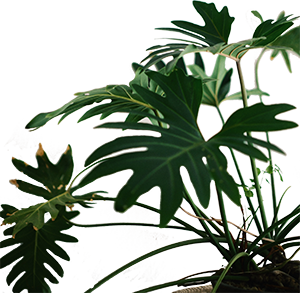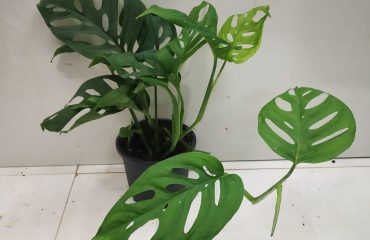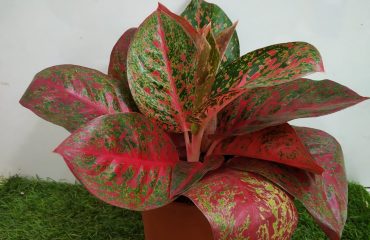WHAT IS AIR PLANT / TILLANDSIA PLANT

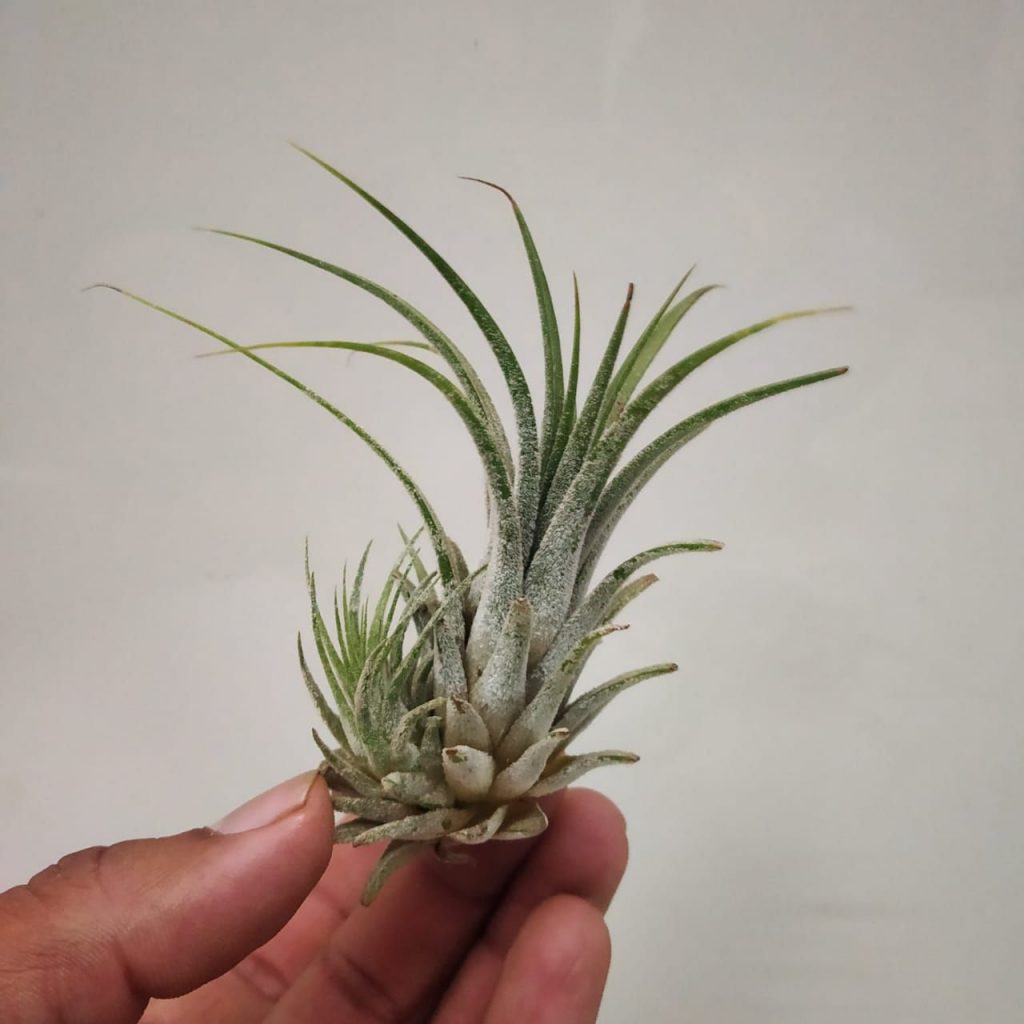
Tillandsia Belonging to the botanical family Bromeliaceae, Tillandsia form a family of more than 650 perennial flowering plants. They are naturally inclined to grow off pretty much anything they come into contact with – be that pipes, trees, walls, phone wires, and everything else inbetween.
Tillandsia are commonly referred to as:
Air Plants
Size of Tillandsia:
Air Plants are generally in the range of a palm size, but some can be taller and longer, and some are as small as a few cm. The biggest Tillandsia (Tillandsia xerographica) can grow to 100cm in size.
Water requirements for your Tillandsia:
Tillandsia do not have water reserves like succulents do; they also do not have traditional roots like most plants do, which would absorb water from substrate or the soil.
Enter Evolution! Air Plants are sometimes covered in a hairy or fuzzy layer. This is an adaptation that had happened over time; these fuzzy hairs are called trichomes. Trichomes help the plant to absorb nutrients and water from the atmosphere in times of drought or when it is particularly hot.
To Water them, use filtered water or tap water. Do not use softened or distilled water due to its salt content being higher. Spraying lightly in an air-conditioned environment may be insufficient in terms of watering, if it dries out too quickly.
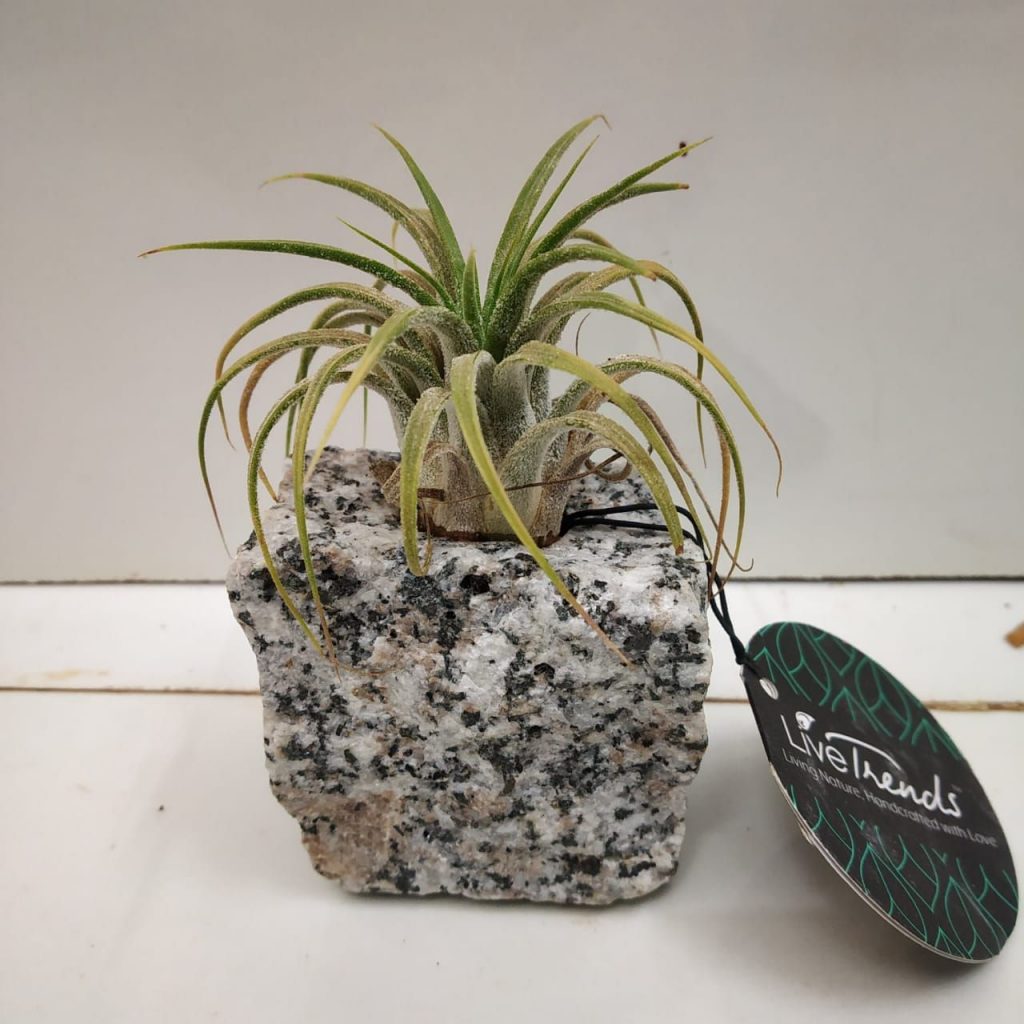
In hot dry weather, plants should be put into a bowl of water and left to soak for 25 minutes, then allowed to dry upside down on a drying cloth. In humid weather, it is necessary only to spray lightly a couple of times per month in order to get the plant to soak up enough moisture.
Do not saturate or spray the flowers when they begin to appear or when they flower, as they will disintegrate.
When wet, Tillandsia leaves brighten to green or vivid red or orange. They dry to grey when they are left to dry out.
Ideal Light Conditions for Tillandsia:
Air Plants need air circulation in order to dry within a 4 hour time span. They do not want to be crowded and should not collect water in their bases, as they will rot. In an indoor setting, allow them to get as much indirect sunlight as possible, although direct light will not hurt them.
Left outdoors, they grow very well in every condition, from light to full shade, and in full sun. Ensure that they get enough water, if they are in full sun. Overly curly leaves indicates that leaves are too dry.
Temperature Requirements for Your Dracaena:
A range inbetween 10°C to 32°C is optimal for airplants. Most Tillandsia are not frost hardy and should be kept inside in times of extreme cold.
Feeding Requirements for Your Tillandsia:
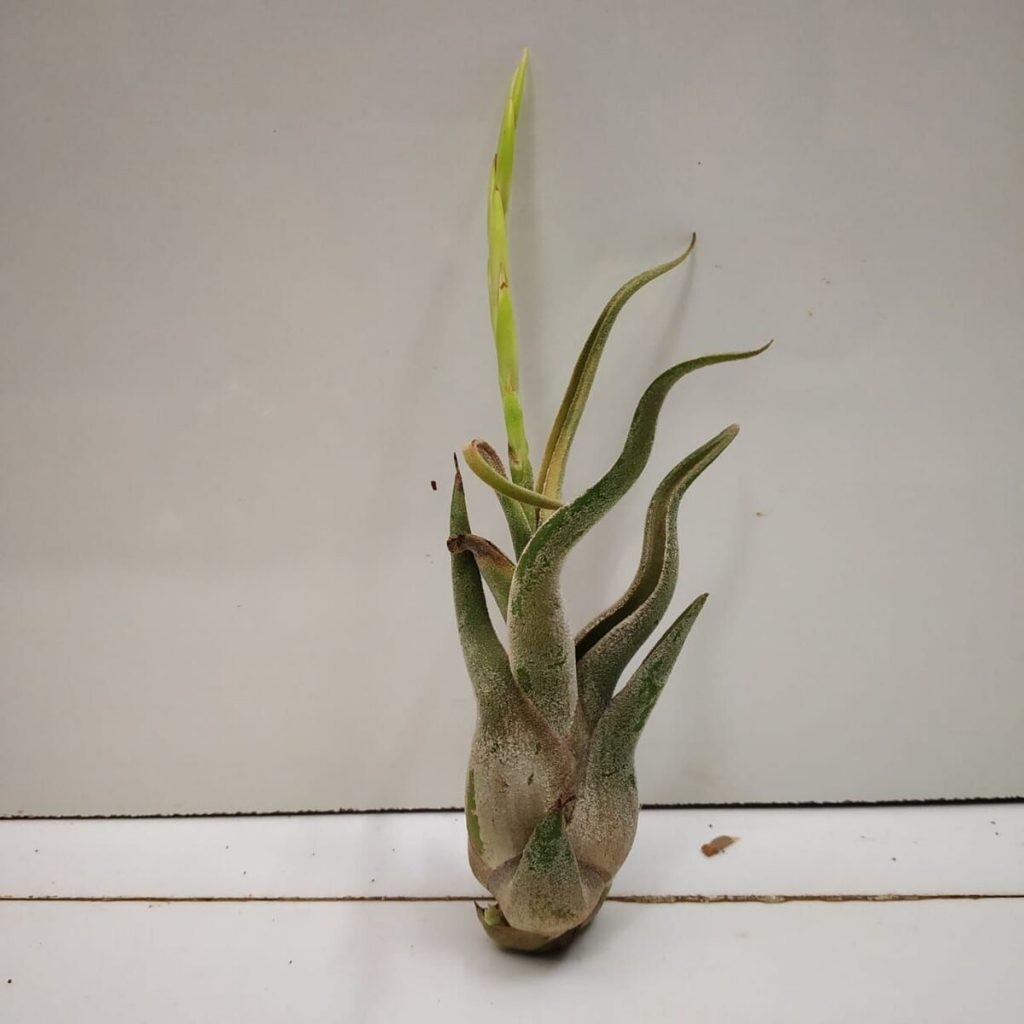
Using aquarium or pond water to water plants is sufficient fertiliser for air plants. In cases where tap or filtered water is being used, supplement nutrient intake with bi-monthly applications of fertiliser to the water that is being used to soak them.
We recommend the following plant foods: Kelpak and Nitrosol. Kelpak increases nutrient uptake and higher chlorophyll production. Nitrosol is an organic option and a great option for increased overall plant health.
Displaying your Tillandsia:
Mounting your Airplants is a popular trend these days, attach them to pieces of wood and place on a wall or shelf. Do not used treated wood, and do not put nails through the leaves. Do not place moss around Airplants, as moss holds water, which will rot your Tillandsia. A supporting nail or two can be used as a mount on which the Airplant can be loosely placed.
When mounting or placing into containers, ensure the containers drain well, or manually drain water from Airplants. Excess water will cause the plant to rot. Vases and decorative containers are great for displaying Airplants, but provision should be made to drain excess water well.
Displaying in deep vessels should be avoided as air circulation is vital to these plants health. When placing in glass like in the picture below, remove plants from the vessel entirely before misting or watering, allow to dry completely and place back.
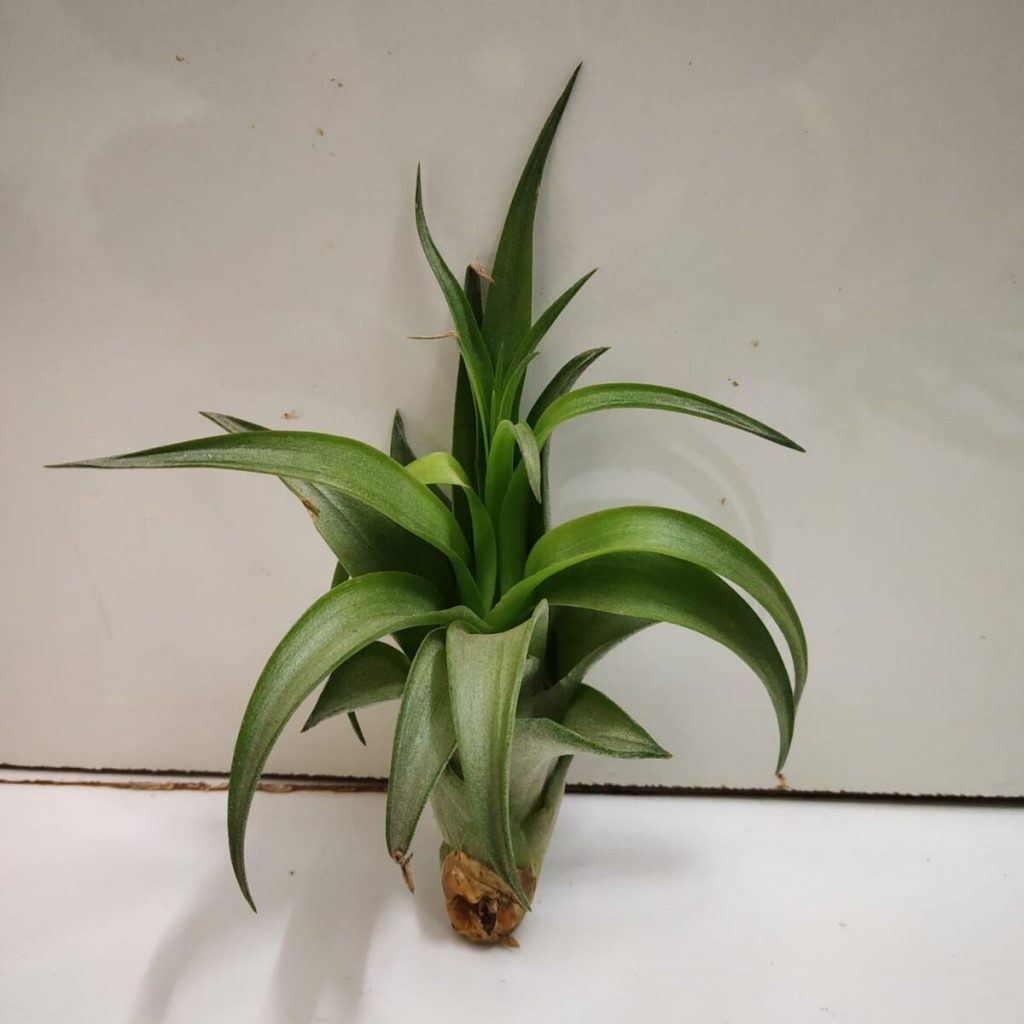
The most important thing:
As stated on Air Plant City, Tillandsia ” like their bath at least once a week. Soak upside down, shake gently afterward to remove the water from between their leaves, put back in the light and enjoy.”


